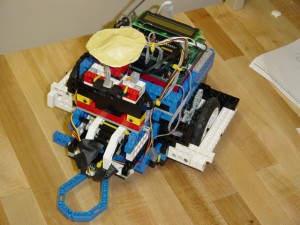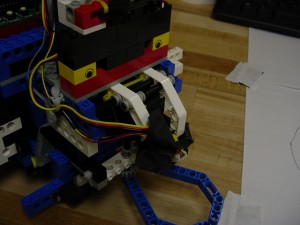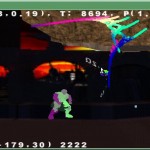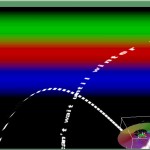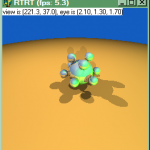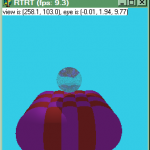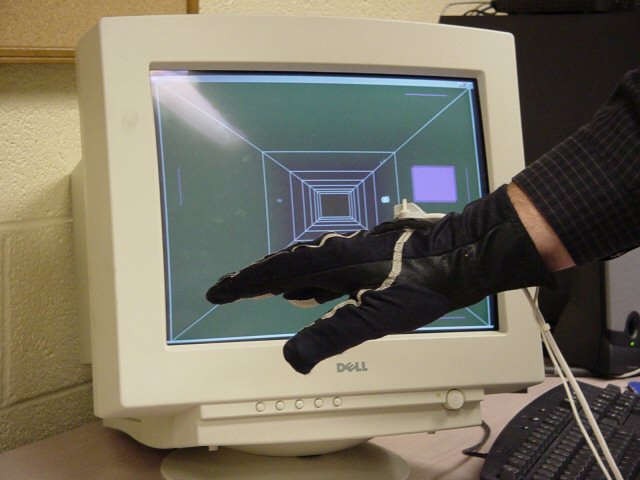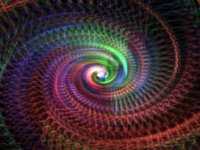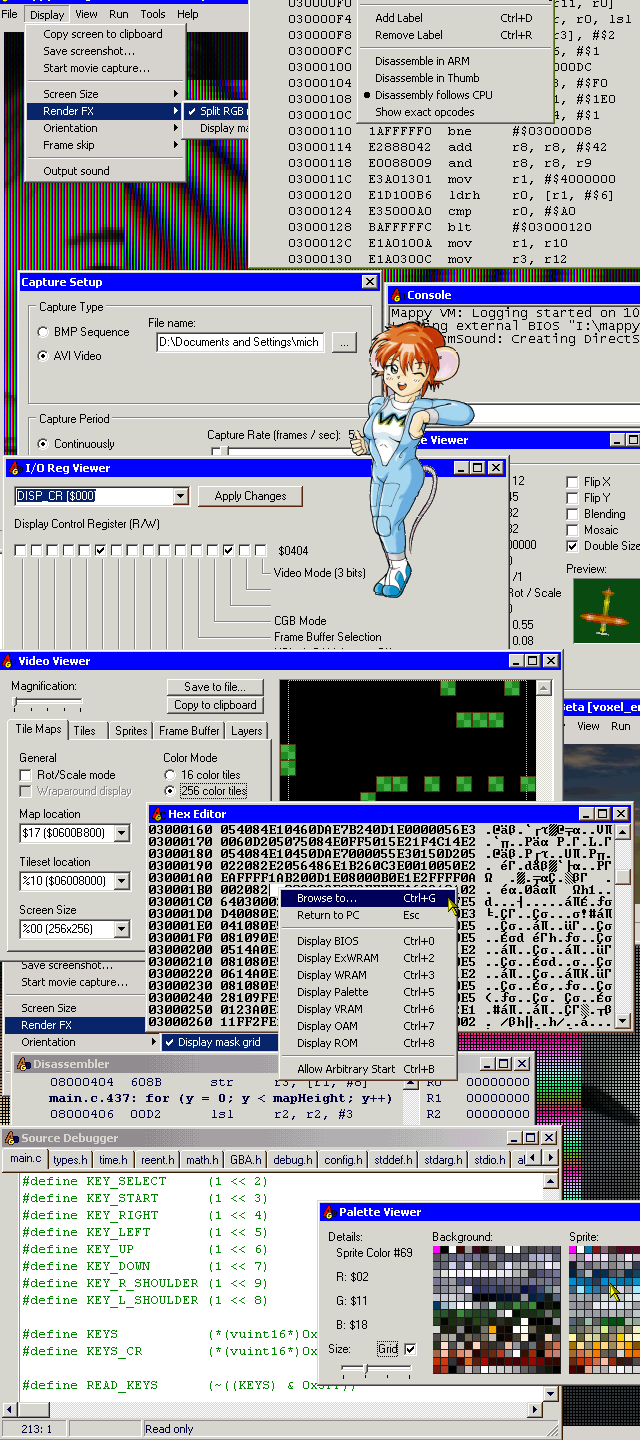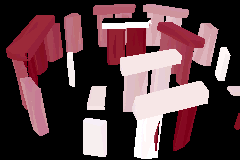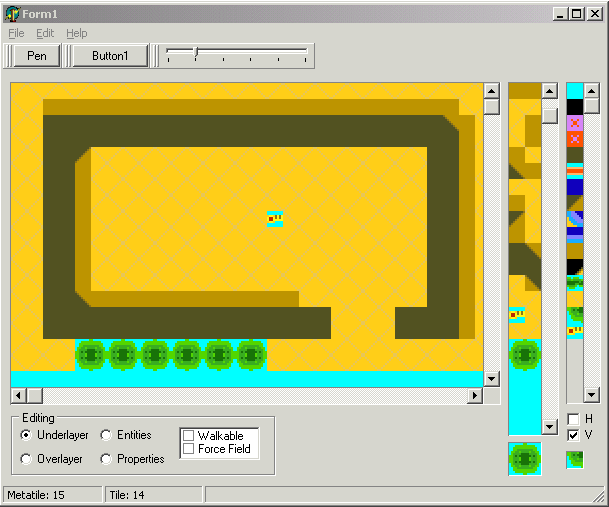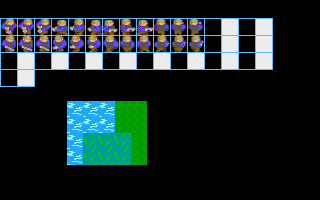For my Building Intelligent Robots class at the University of Missouri – Columbia, we worked in teams of two to create (and recreate) a robot for a number of different tasks.
The robot’s brain is a MIT Handyboard, and we used LEGO bricks and motors to actually build the thing. We designed him for high torque, and as a consequence he was one of the slowest robots in the class, earning him the moniker Speedy. The sombrero came during a late night build session after taping out some boundaries on the floor…
The final project report is available, and it includes more pictures, prose, and the source code.
